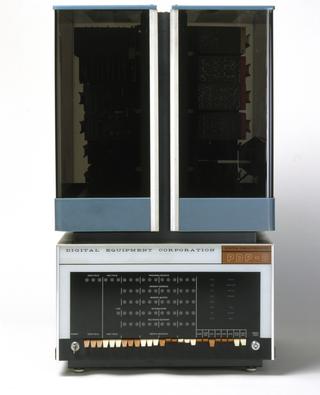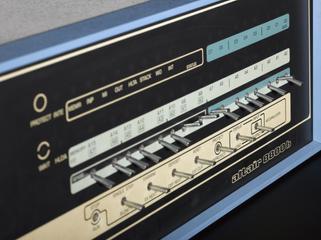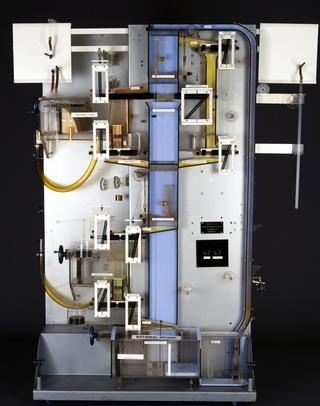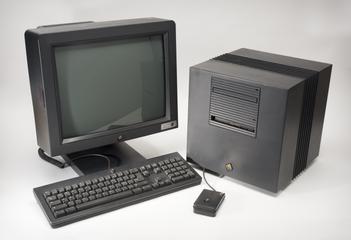
Difference Engine No. 1
- Made:
- circa 1832 in London
- maker:
- Charles Babbage









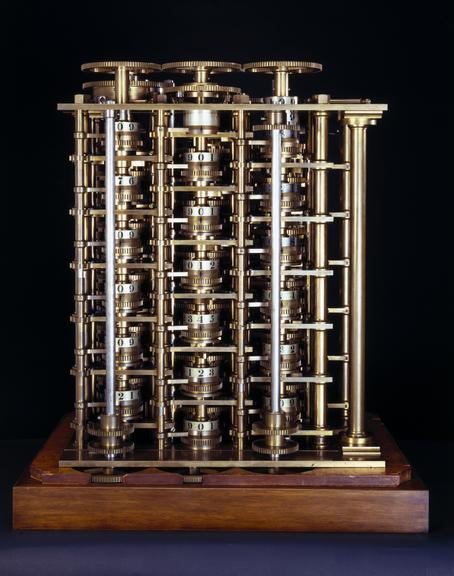
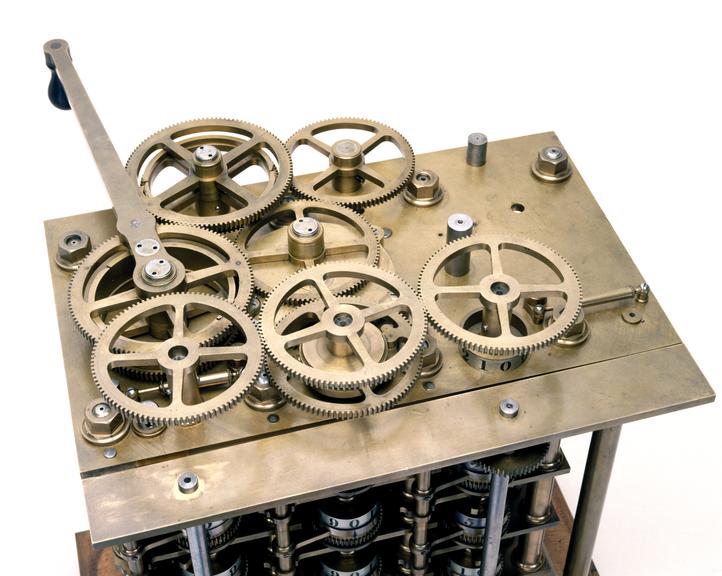

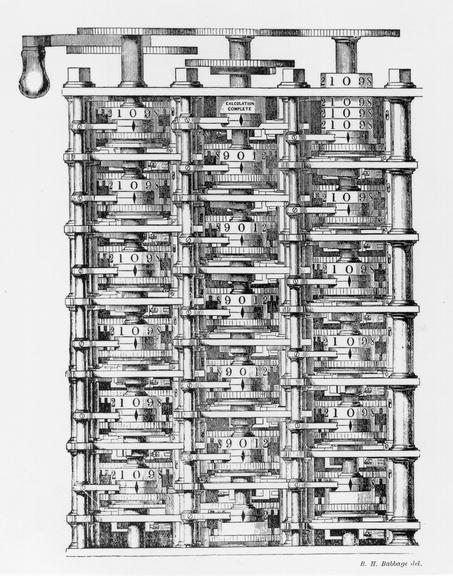
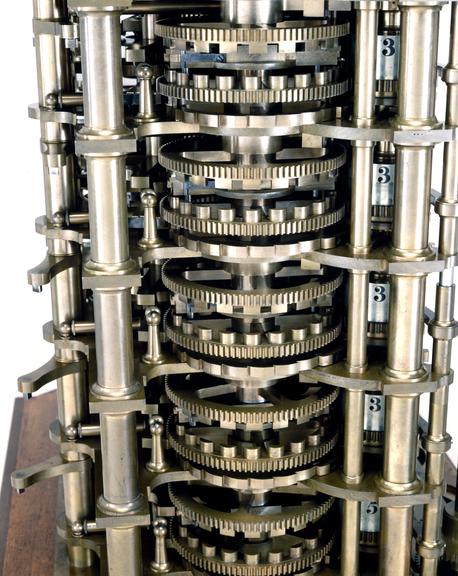
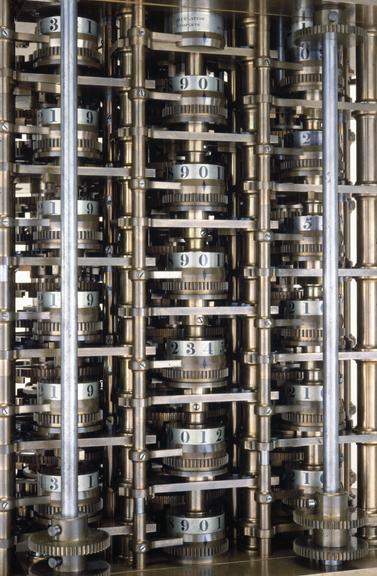


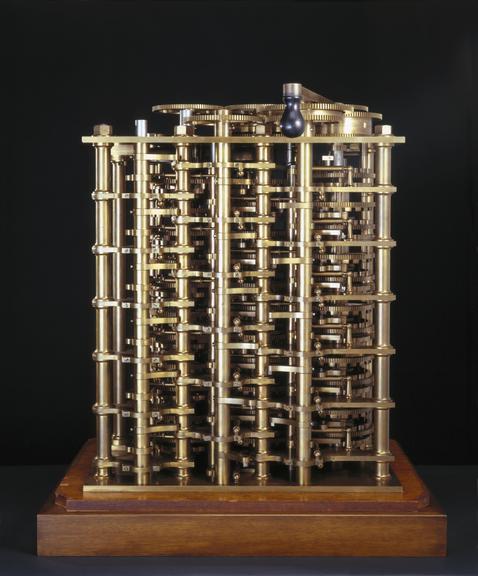
Portion of Charles Babbage's calculating machine (Difference Engine No.1), built by Joseph Clement, London, 1832.
Charles Babbage's calculating engines are among the most celebrated icons in the prehistory of computing. His Difference Engine No. 1 was the first successful automatic calculator and remains one of the finest examples of precision engineering of the time.
Unlike contemporary calculators the difference engine was not designed to perform ordinary day-to-day arithmetic but to calculate a series of numerical values and automatically print the results. Difference engines are so called because of the principle upon which they are based – the method of finite differences. This principle was well-known at the time and was used by human computers in the preparation of tables.
The portion shown was assembled in 1832 by Babbage's engineer, Joseph Clement. It consists of about 2,000 parts and represents one-seventh of the complete engine. This 'finished portion of the unfinished engine' was demonstrated by Babbage to some acclaim. The engine was never completed and most of the 12,000 parts manufactured were later melted for scrap.
Details
- Category:
- Computing & Data Processing
- Object Number:
- 1862-89
- Materials:
- steel (metal), brass (copper, zinc alloy), bronze (copper, tin alloy) and metal (unknown)
- Measurements:
-
overall: 720 mm x 610 mm x 590 mm, 450 kg
- type:
- difference engine
- credit:
- Board of Works
